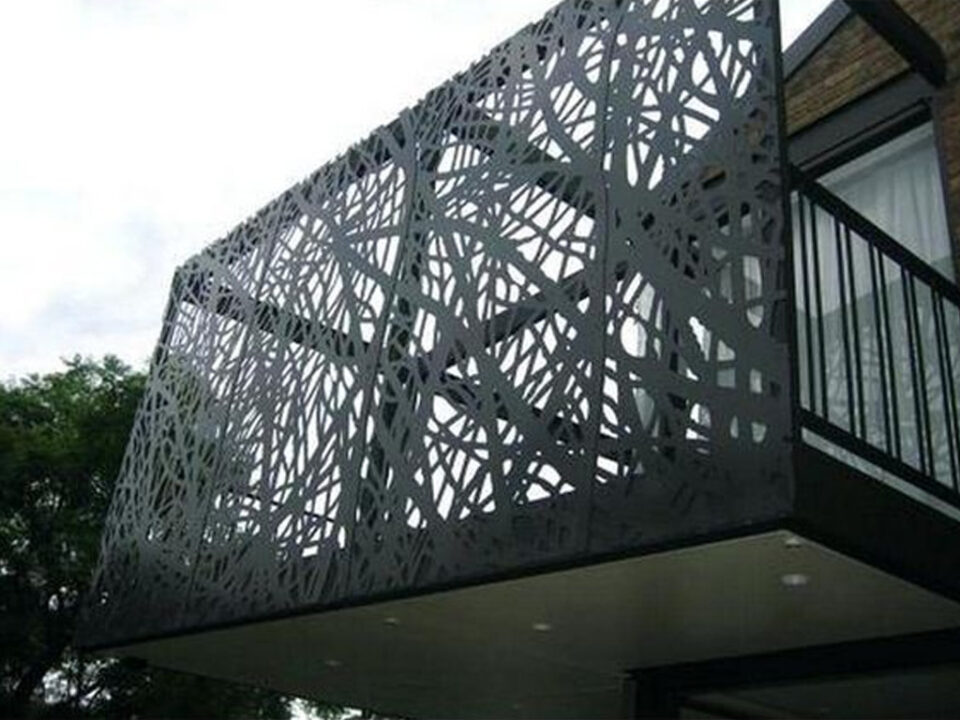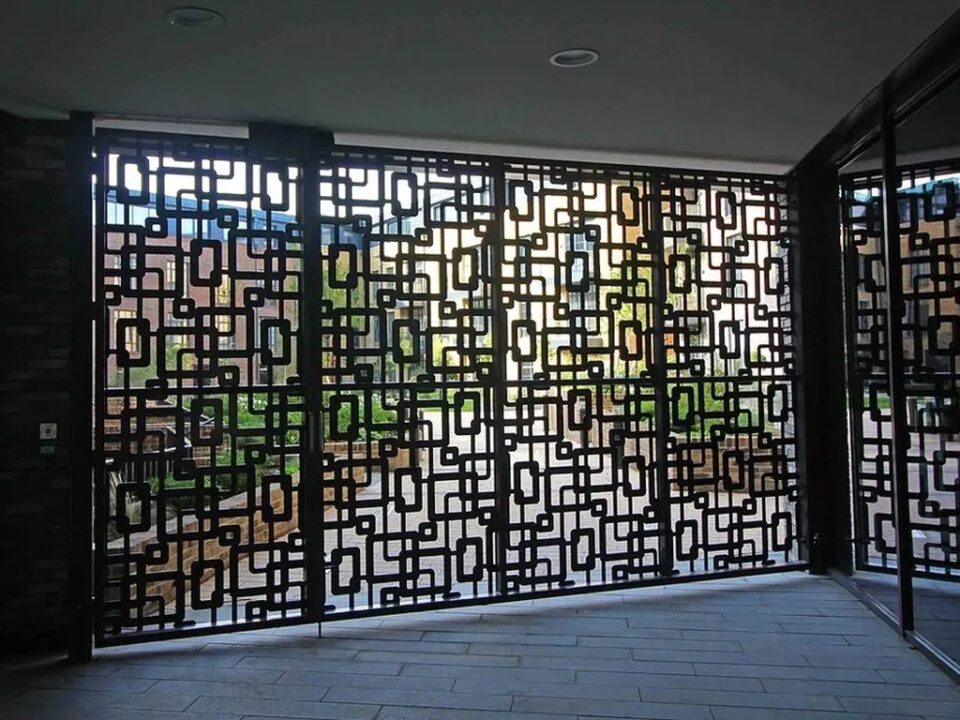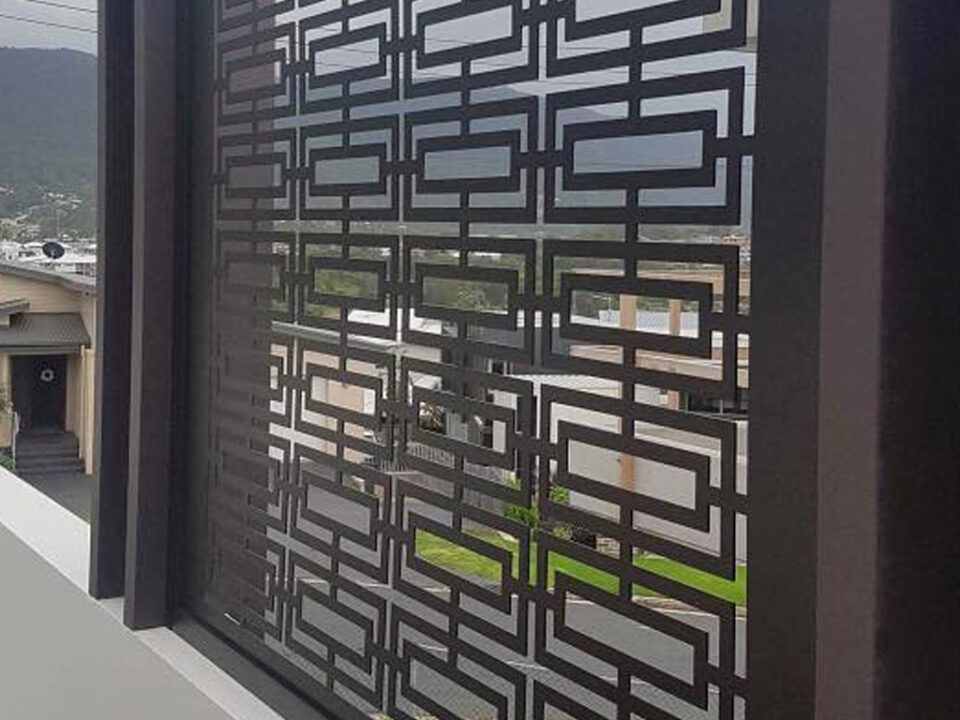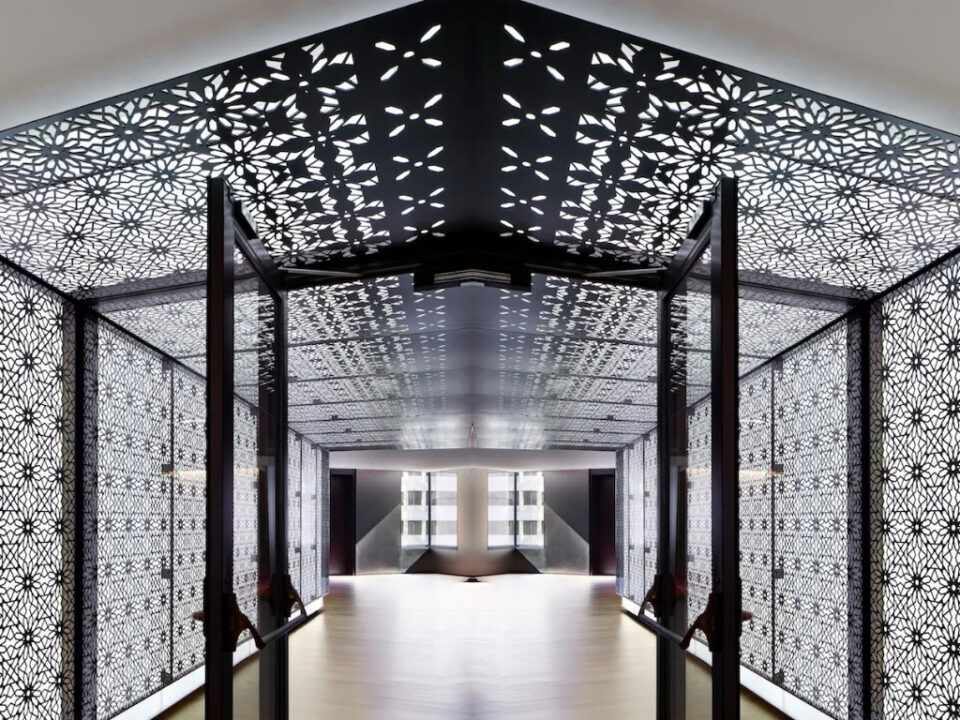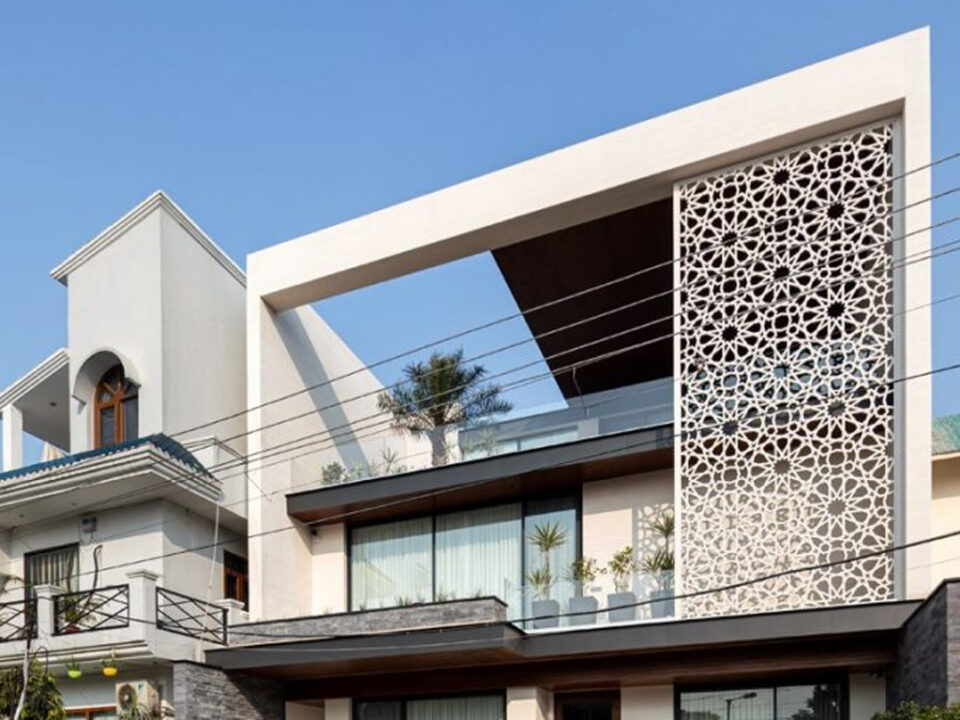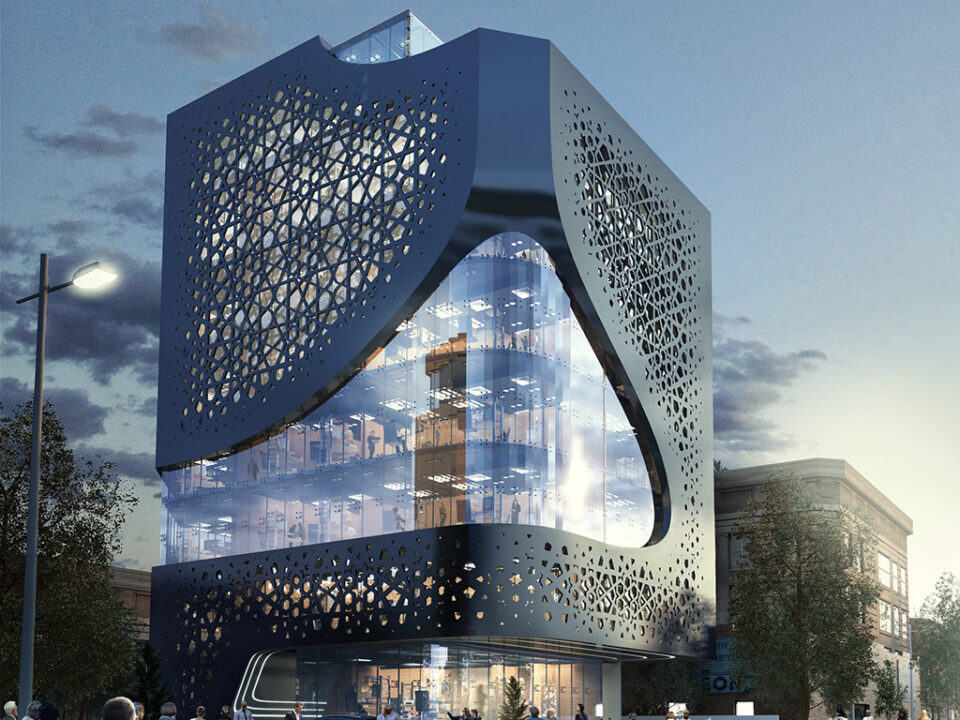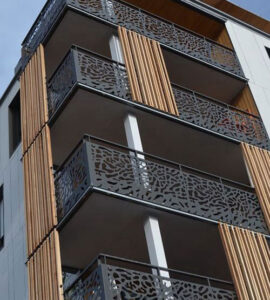“Revolutionizing Building Design with Metal Laser Cut Wall Cladding”
Introduction: The construction industry is constantly evolving, and the use of metal laser-cut wall cladding is one of the latest innovations in building design. This technique allows architects and designers to create stunning visual effects, adding an extra dimension to the building’s appearance. In this article, we will discuss the benefits of using metal laser-cut wall cladding in construction, the process involved, and its impact on the architecture and design industry.
What is Metal Laser Cut Wall Cladding? Metal laser-cut wall cladding is a type of architectural cladding that uses laser technology to cut intricate designs into metal sheets. The laser cutting process allows architects and designers to create highly detailed and precise patterns, adding a unique and eye-catching element to any building design. The metal sheets are then installed onto the building’s facade, creating a visual impact that is both functional and aesthetically pleasing.
Advantages of Metal Laser Cut Wall Cladding
- Increased Design Flexibility: With metal laser-cut wall cladding, architects and designers have increased flexibility in creating unique and intricate designs. The laser cutting process allows for precise cuts, and the metal material provides a durable and long-lasting surface.
- Durability: Metal laser-cut wall cladding is highly durable, making it ideal for use in high-traffic areas, such as public buildings and commercial spaces. The metal material is resistant to damage and weathering, ensuring that the building’s facade remains in excellent condition for years to come.
- Energy Efficiency: The metal material used in metal laser-cut wall cladding is a good insulator, helping to reduce the amount of energy required to heat and cool the building. This results in a more energy-efficient building, which can lower operating costs and reduce the building’s carbon footprint.
- Aesthetic Appeal: One of the biggest benefits of using metal laser-cut wall cladding is the aesthetic appeal it adds to a building design. The intricate patterns created by the laser cutting process can create a stunning visual impact, making the building stand out from others in its surroundings.
The Process of Installing Metal Laser-Cut Wall Cladding The process of installing metal laser-cut wall cladding involves several key steps, including:
- Design and Planning: The first step in the process is to create a design for the wall cladding, taking into account the building’s architectural style, the surrounding environment, and the desired aesthetic effect.
- Fabrication: The metal sheets are then fabricated, with the laser cutting process used to create intricate patterns and designs.
- Installation: The metal sheets are then installed onto the building’s facade, with the installation process typically involving the use of a metal sub-structure to support the weight of the metal sheets.
Impact on the Architecture and Design Industry The use of metal laser-cut wall cladding is having a significant impact on the architecture and design industry, with more and more buildings incorporating this innovative technique into their design. The increased design flexibility and aesthetic appeal offered by metal laser-cut wall cladding is making it a popular choice for architects and designers, helping to create buildings that are both functional and visually stunning.
Conclusion In conclusion, metal laser-cut wall cladding is a game-changer in the world of building design. With its increased design flexibility, durability, energy efficiency, and aesthetic appeal, it is a highly sought-after solution for creating unique and visually stunning buildings. As the technology continues to evolve, we can expect to see even more innovative and impressive uses of metal laser-cut wall cladding in the future.

